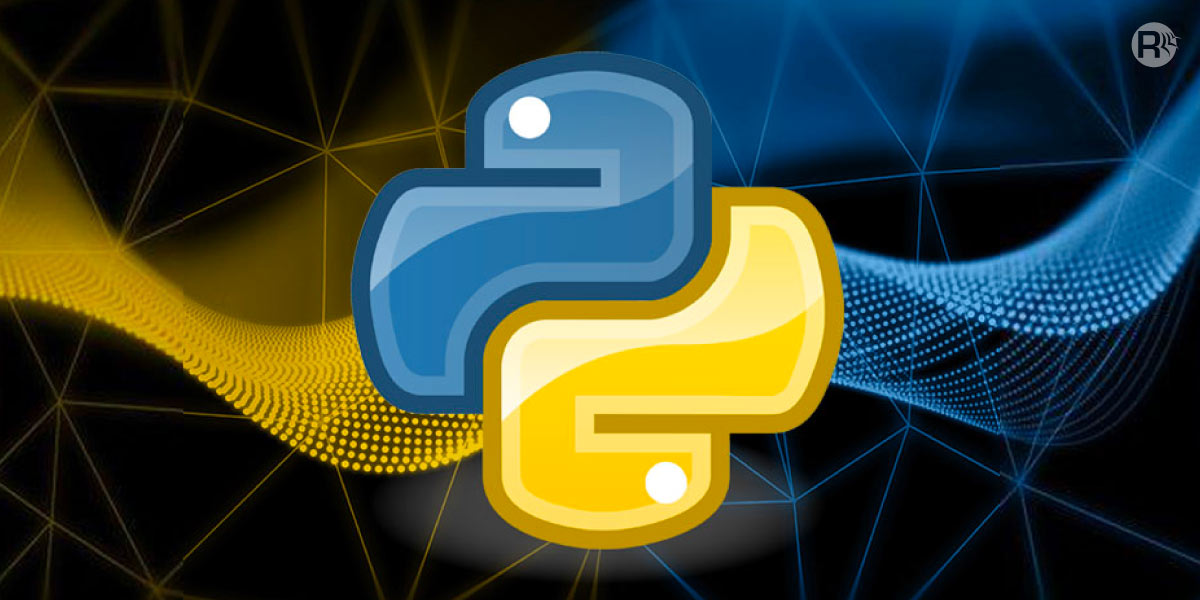In the fastest-changing and highly competitive professional world, more than having technical skills is required to achieve career goals.it is also about having critical soft skills. While hard skills usually refer to your technical ability, interpersonal qualities help you succeed in a work environment. It also assists in making you stand out from the crowd and succeed in your career. The most important soft skills to achieve in this work world are Communication, Time management, and Leadership. Most employers recognize the importance of these soft skills as essential to work-life success. Developing these skills is relatively easy, but being good at these skills always matters. Most of the best companies in the Technical and other industries are giving equal importance to technical skills, such as software development, programming, and software testing, and soft skills, such as Communication, time management, and decision making.
Communication: Your Key to Achievement
Good Communication is the primary and essential skill to become the best employee and is the cornerstone of any successful career. Communication skill is vital when presenting ideas to a team, settling with clients, and collaborating with colleagues. There are several ways to enhance this skill. they are,
-When others speak, actively listen to them andclarify questions to ensure you understand their perspective.
-Speak clearly and avoid jargon. Using language appropriate for your audience is essential.
-Use non-verbal Communication, like body language, facial expressions, and tone of voice, as they convey as much as your words.
-Understand the emotions and viewpoints of others. Empathetic Communication fosters trust and collaboration.
-Be open to feedback and use it to improve communication skills continuously.
Unleash the Leadership Potential
Leadership is not just for people with fancy titles or offices. It’s a skill you can develop at any job level. Leadership means inspiring, guiding, and motivating others to achieve a common goal. To build your leadership skills:
-Demonstrate the behavior and work ethic you expect from your team.
-Enhance decision-making skills and consider the consequences of your choices.
-Effective Communication is a vital aspect of leadership quality to keep the team informed and engaged.
-Being a leader doesn’t mean you are never done Learning. Continuous Learning and Staying up-to-date with industry trends are meaningful. Best practices like learning new programming languages, attaining software development skills, etc, are essential to be updated in the developing industry.
Time Management: The Key to Productive Progress
Time management is an essential skill that every employee should have to succeed in a career. Managing time can significantly impact both productivity and success.
Identify your most important tasks and tackle them first,
Goal Setting to manage tasks, such as tips, helps improve time management skills.
Achieving essential soft skills like Communication, Leadership, and Time Management can significantly enhance professional success. These skills make you a valuable asset to an organization and help you navigate the complexities of the modern workplace confidently and efficiently. Developing soft skills is an ongoing process, and continuous self-improvement is the key to long-term career success. Srishti campus provides the best software training in Trivandrum, Kerala.








